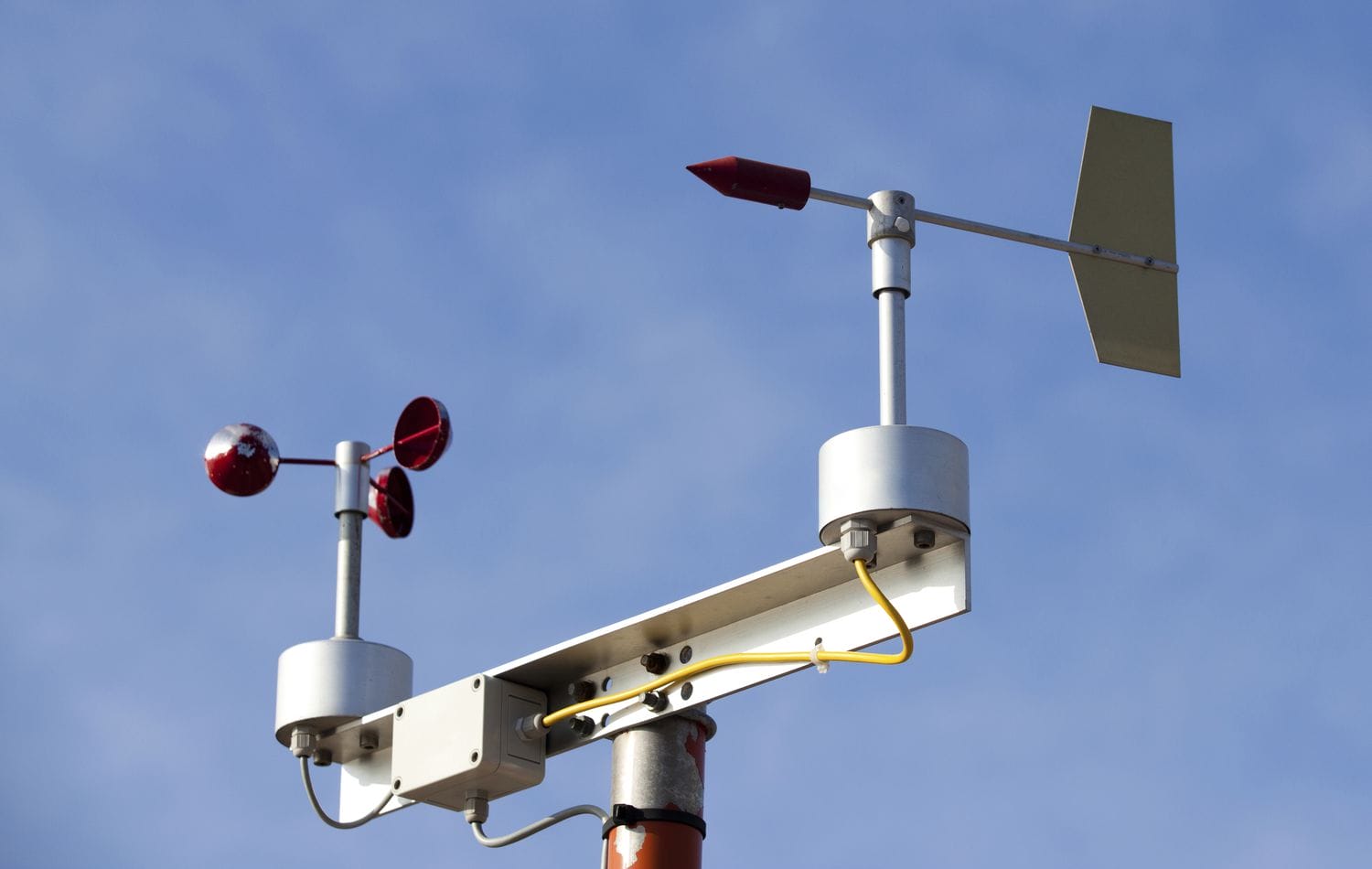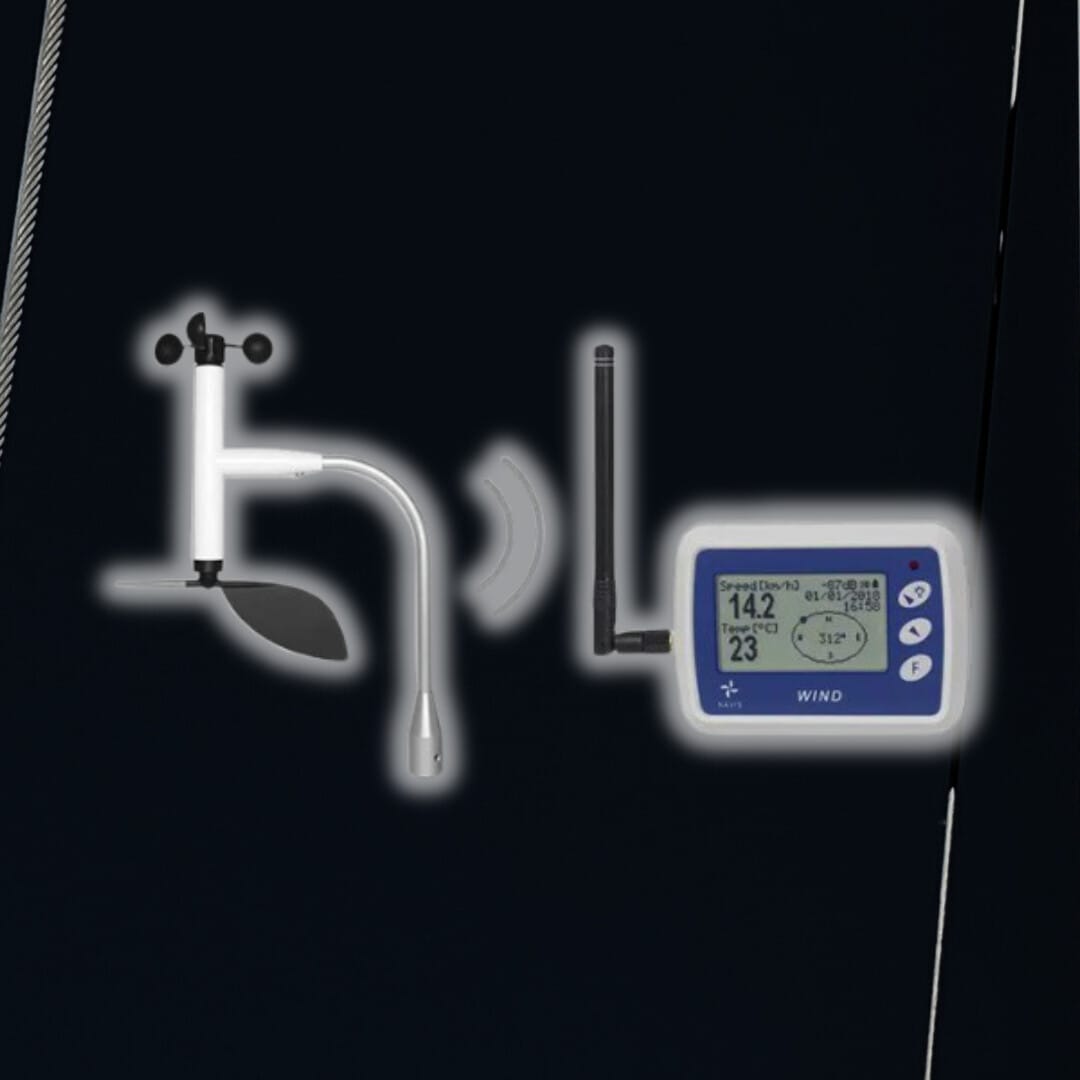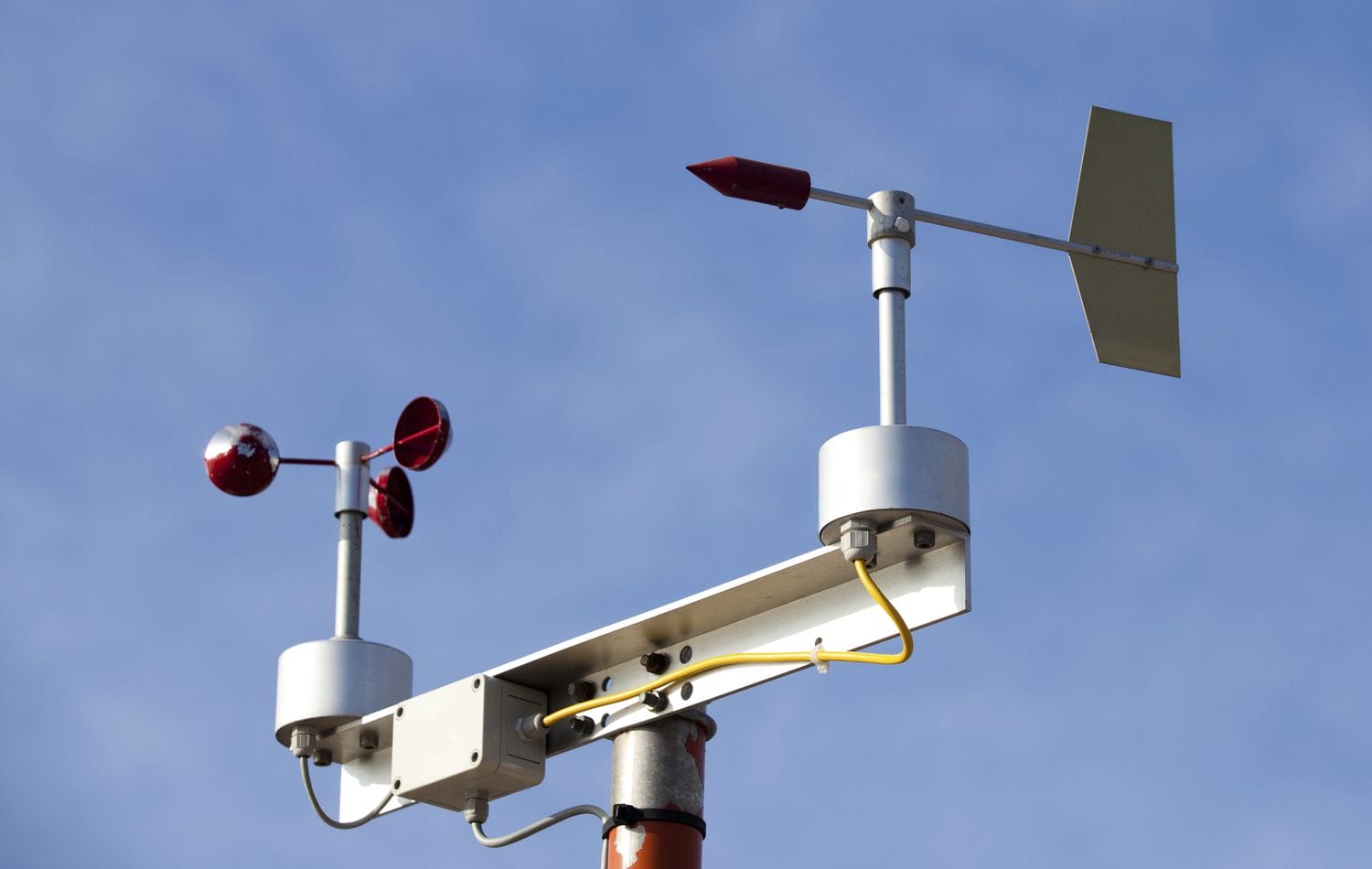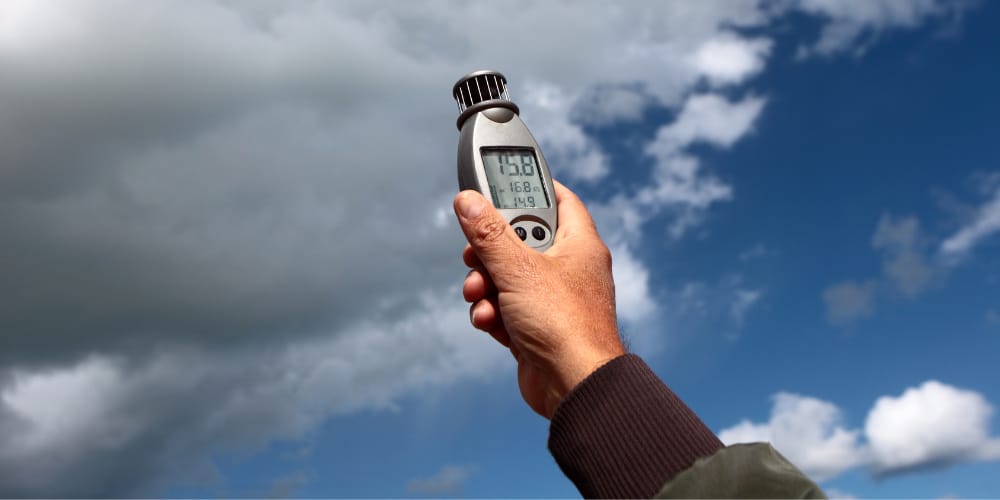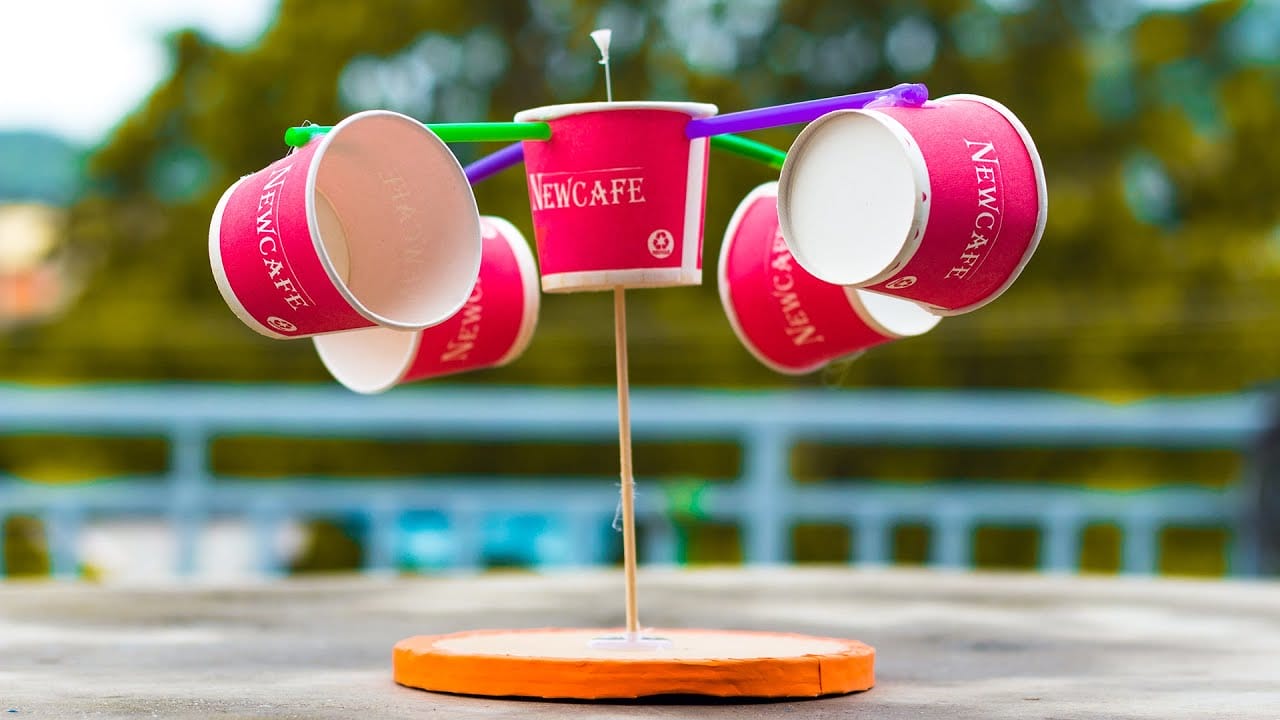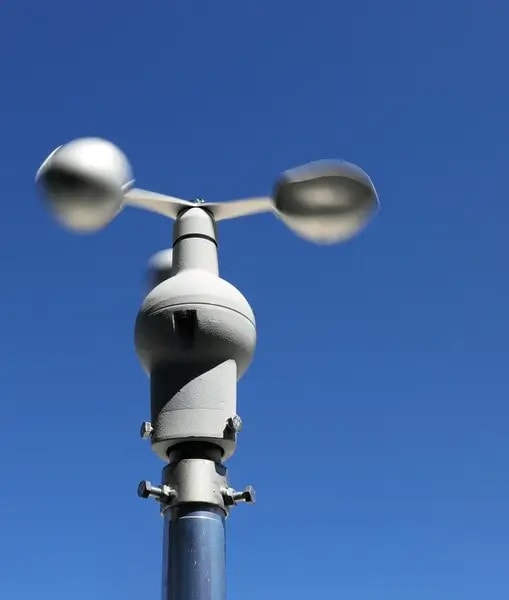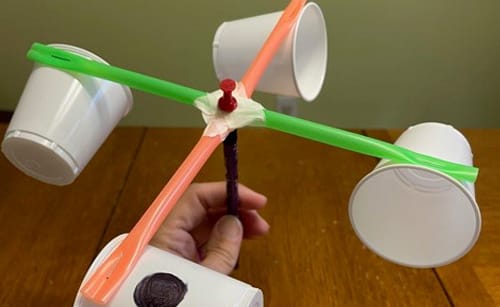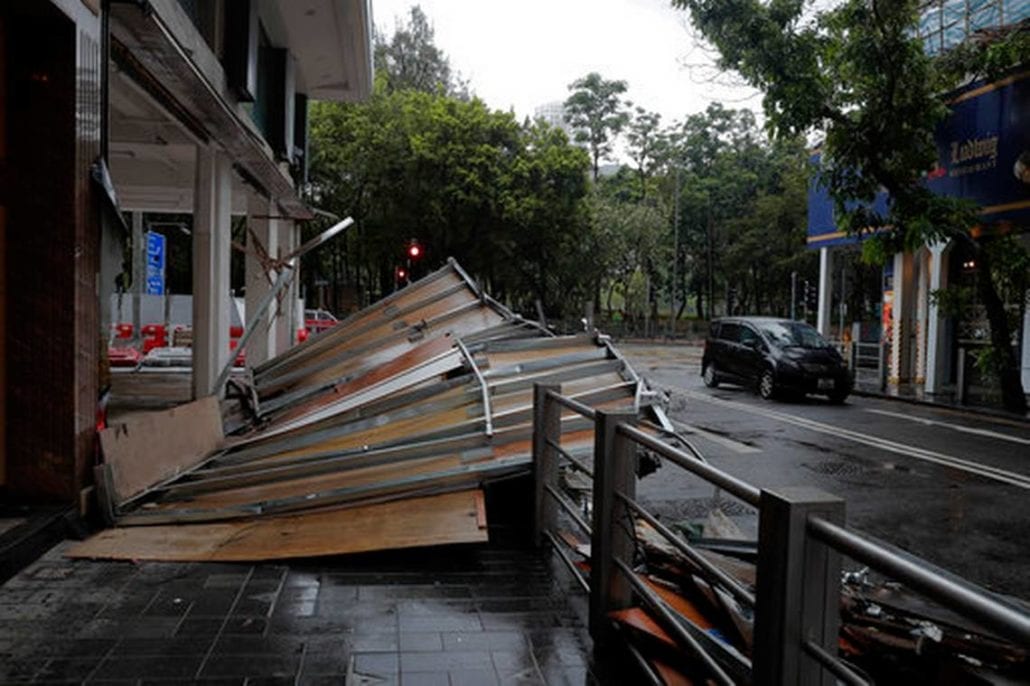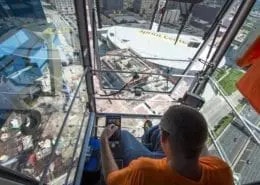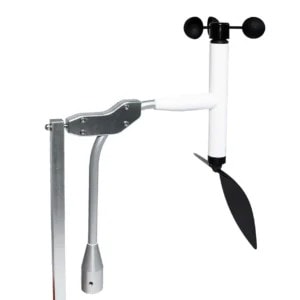
An anemometer might seem like a device reserved for scientists or meteorologists, but it has a practical role in daily life that many people do not realize. Understanding why anemometers matter reveals how these small instruments can convert air movement into useful information that extends far beyond professional weather forecasts. Home guardens, sports training, farming, and even sailing rely on such simple devices to make better decisions. When you understand what they can do, their value in everyday scenarios becomes clear.
The Everyday Value of Measuring Wind
An anemometer goes far beyond pure science. It gives people the ability to understand something they cannot see but feel every day. Knowing why we need to measure wind highlights how it influences climate, safety, and planning. Without a clear measure, decisions become guesses, and guesses can lead to risk. An anemometer turns this uncertainty into actionable information.
Bringing Visibility to an Invisible Force
Even though wind is always present, people do not always think about it until it starts to affect their daily lives. Measuring wind makes this invisible force clear and gives everyone a way to understand what it really means. From a simple farm that relies on wind patterns to guide irrigation, to a pilot relying on accurate speed data, these numbers provide peace of mind.
Real-World Examples
Farmers look at wind direction before applying fertilizer, since a shift in breeze could carry it away and reduce effectiveness. Engineers use wind data to design safer buildings that stand stronger during storms. Even the average driver benefits, since road safety reports often include wind speeds that could affect highway travel. Measurements taken every day help create a full picture of how wind touches almost every part of life.
Wind’s Role at Home and Work
At home, people notice wind when children fly kites or when wind chimes move on their porches, but there is also a practical side. Heating and cooling costs are affected by how wind moves around a house, and wind data can guide improvements. In work environments like construction sites or dock operations, knowing wind conditions keeps people safer. When this data is tracked and shared, every person gains a clearer picture of how they interact with the world around them.
Anemometers: Everyday Use Cases
Anemometers are not only useful for scientists, they have practical value in daily settings where people need to measure wind reliably. Understanding the purpose and function of anemometers shows how they assist in everything from large projects like construction to personal hobbies such as flying a drone, helping people make better choices. The following sections explain some common situations where anemometers play a quiet but important role.
Construction Sites and Cranes
Construction sites deal with high risks when the wind picks up. Crane operators depend on anemometers to know if it is safe to lift heavy loads. A sudden gust can swing materials and create danger for everyone below. By checking wind speed, managers decide when to stop or resume work. This prevents accidents and protects project timelines. For a company like Bigfoot Crane, reliable measurement is part of safe and smart operation.
Farming and Agriculture
Farmers use anemometers to support daily activities such as spraying crops, irrigation, or managing greenhouses. Wind can carry fertiliser or pesticide to the wrong place, wasting resources and harming other plants. By knowing wind speed and direction, farmers apply products more accurately. Wind data also helps predict drying rates for soil or harvested crops. This leads to better decisions and less risk of loss.
HVAC and Ventilation Testing
HVAC technicians often use anemometers to test airflow in ventilation systems. A building may feel uncomfortable if air does not circulate properly. Using these devices, technicians can measure air speed in ducts and find problems like blockages or leaks. This process helps improve efficiency, lower energy use, and keep residents comfortable. With accurate data, small adjustments can create big savings over time.
Drone Operations and Aerial Photography
Drone pilots rely on anemometers to plan safe flights. Wind affects battery life, control, and stability. A strong gust can push a drone off course or make it crash. For aerial photography, calm wind is necessary to capture clear images. By checking conditions before flight, operators avoid damage and improve their results. This shows how a simple tool can protect expensive equipment and creative work.
Recreational Activities
Ordinary hobbies also benefit from wind measurement. Kite flyers, sailers, and even cyclists use handheld anemometers to test conditions. A kite needs just the right wind to stay up without tearing. For sailers, wind data is part of safety and sport enjoyment. Cyclists may check wind speed to plan routes and manage energy. These small moments show how anemometers bring more prediction and fun to daily life.
Theme Parks and Outdoor Events
Theme parks and outdoor events carry big safety duties when dealing with large crowds. Rides like ferris wheels or zip lines need careful wind checks. Anemometers give staff real-time data so they can close rides when it becomes unsafe. Event planners also track wind to decide on stage setups, tents, or lighting. A sudden gust could lift structures and cause injuries. Using these measuring tools allows safe fun for the public.
Everyday Professionals Who Rely on Anemometers
Even day-to-day professionals rely on anemometers more than most people realise. While scientists and weather agencies are often the first thought, other workers use these simple devices to protect lives, property, and even client experiences. Their value spreads through many sectors and that makes them an everyday tool.
Crane Operators
Crane operators use wind speed data before hoisting heavy loads. A sudden gust can cause dangerous swaying, risking injury or property damage. An anemometer gives them clear limits on safe operation.
Golf Course Managers
Managers track breeze patterns to set up flags, holes, and even tree placement. Wind data also guides their decisions on irrigation systems and fertiliser application. This helps keep the course playable and fair.
HVAC Technicians
HVAC professionals test airflow through ducts, rooms, and outlets. With an anemometer, they know if systems deliver enough fresh air, improving comfort and energy efficiency.
Wedding and Event Planners
Event planners use wind measurements to protect guests and structures. An outdoor tent, stage, or decor can be risked by high breese. Readings let them make safer choices.
Fire Departments
Wind speed and direction are crucial in fire response. Small shifts can spread flames quickly. Fire crews use anemometers to predict paths and position themselves safely.
Ski Resorts
Resort managers monitor wind to run lifts, mount courses, and keep visitors protected. When gusts get high, they can shut down rides safely. It helps keep the experience enjoyable yet secure.
Portable anemometers have transformed how people collect data on wind. These devices slip into a pocket or bag, yet they give accurate readings in real time. Whether you are testing ventilation in a building, planning a shoot with a drone, or monitoring conditions on a farm, these tools make the process simpler. Because they are lightweight and easy to use, people can make decisions on the spot without waiting for laboratory setup. That ability to react swiftly gives great advantage to many professions.
Conclusion
At WirelessWind, we understand that reality on site often changes with the wind. That’s why we provide quality anemometers and wind monitoring systems that give accuracy where it matters most. Whether you run a construction site, plan events, or manage equipment, having the right tools can mean the difference between safety and risk. Contact WirelessWind today to learn more about our wind solutions and find the right equipment for your needs.



